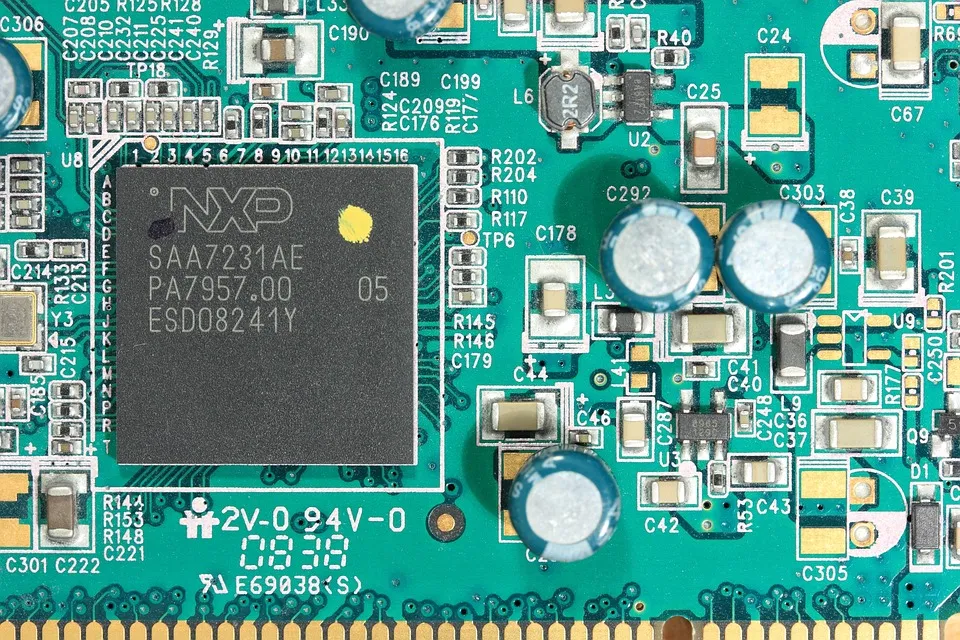
In a previous topic1 we have explained what is the electrical resistance that each material has and that determines whether or not a material is an electrical conductor. However, since each material has its own resistance and man-made electrical devices are made of different types of existing materials, it is assumed that each device has a global resistance that is the algebraic sum of all the resistances associated with its circuits and all the devices connected to the circuit by representing an electrical resistance also have a current consumption that is directly proportional to the voltage of the circuit and inversely proportional to the resistance of the device connected to that electrical voltage, the variables current, voltage and resistance have been described above2. The physical law that relates these three variables is known as Ohm's Law and is the one we are going to use for circuit analysis at first.
Circuit analysis is important because it allows us to calculate how many devices we can connect to a voltage source, the current that a source can supply is not infinite, nor is the current that the conductor cables can support. In that sense, if we overload the sources or the cables we will end up regretting it. To avoid this it is necessary to make a previous analysis applying Ohm's Law in which we will determine if the circuit is safe or not to be connected to a power supply.
For domestic purposes, the consumption of each appliance connected to the eclectic network should be taken into account, although it is difficult to know the resistance of each appliance without a measuring instrument. It is standard for the manufacturer to include in a manual or sticker attached to the equipment the amount of current it consumes. If for example we have a circuit associated with a circuit breaker that trips with 30 Amps and 4 appliances, an iron that consumes 5 Amps, a clothes dryer that consumes 12 Amps, a hair dryer that consumes 8 Amps and a water pump that consumes 9 Amps we should be careful not to connect all the appliances at once as the sum of all 5A+12A+8A+8A+9A=34A exceeds the tripping current of the protective element 30A. This data should be sufficient for someone who does not specialize in electricity. However, Ohm's Law applies to the design of electrical circuits, which are made up of electrical appliances or appliances connected to a network and the same electronic components that make up each appliance.

Something important to keep in mind is that the total consumption of the loads never exceeds the protection current, otherwise our circuit will never work, there are also electronic components called resistors which are made for protection and current limitation in the internal circuits of the electrical devices, in the next delivery I will be describing these resistors in specific and how they can relate in series, parallel and mixed forming different circuits. I hope this publication has been useful and I am available for any questions you may have. Blessings.

CAUTION: Never do anything with electricity that you're not sure of, it's easier and less trouble to ask someone who understands.
REFERENCES
1Basic electricity / ELECTRICAL CONDUCTOR AND RESISTANCE
2Basic electricity / introduction
